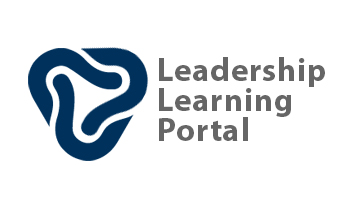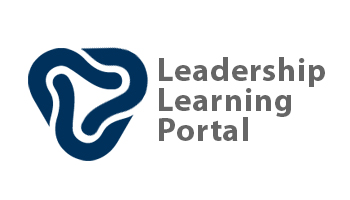Workforce Resiliency Series (Part 2): Individual and Organizational Preparedness
Begins 06/17/2016
Course Overview
Course Quality RatingTBDCourse DescriptionThis is module 2 of 3 courses as part of the Workforce Resiliency Series.This 45-minute online course provides information about individual and organizational resiliency in the face of stress, emergencies, and disasters. In this installment, you learn to distinguish types of coping styles, incorporate strategies to increase organizational preparedness, and maintain your personal resiliency and well being to ensure that you and your organization will be ready to respond in the event of a disaster.This course is provided by and will require a secondary login and/or registration. Click the LAUNCH button below to start or be taken to the course. Target AudiencePublic health administrators and managers; other public health professionals; nurses; first responders; and rescue workers Learning ObjectivesUpon completion of this course, the learner will be able to:
List and describe preventive steps that organizations and individuals can take to increase coping and build preparedness before a disaster occurs.
Define the different categories for coping behaviors.
Identify organizational methods of increasing preparedness.
Increase personal resiliency with the DREAM method.
Council of Linkages Core Competencies for Public Health Professionals (COL)/COL Tier(s)
1B.1 (Tier 2): Assesses the health status of populations and their related determinants of health and illness
1B.2 (Tier 2): Describes the characteristics of a population-based health problem
2C.2 (Tier 3): Decides policy options for public health organization
2C.5 (Tier 3): Determines policy for the public health organization with guidance from the organization's governing body
2C.8 (Tier 3): Implements plans and programs consistent with policies
8C.9 (Tier 3): Ensures the management of organizational change
Professional/Disciplinary CompetenciesCDC, Public Health Preparedness and Response Core Competency ModelModel Leadership:
1.1 Solve problems under emergency conditions.
1.2 Manage behaviors associated with emotional responses in self and others.
Protect Worker Health and Safety:
4.2 Employ protective behaviors according to changing conditions, personal limitations, and threats.
4.3 Report unresolved threats to physical and mental health through the chain of command.
CDC, Public Health Preparedness CapabilitiesResponder Safety and Health:
Function 1: Identify responder safety and health risks
Function 2: Build community partnerships to support health preparedness
FormatOnline/ Self-study Credit /CEUNone available Duration45 mins. SpecificationsNone listed Course Publication DateNone listed
You may also be interested in
Declare Interest
You will be added to the interest list for .
Declare Interest
Please enter a valid value for quantity.































